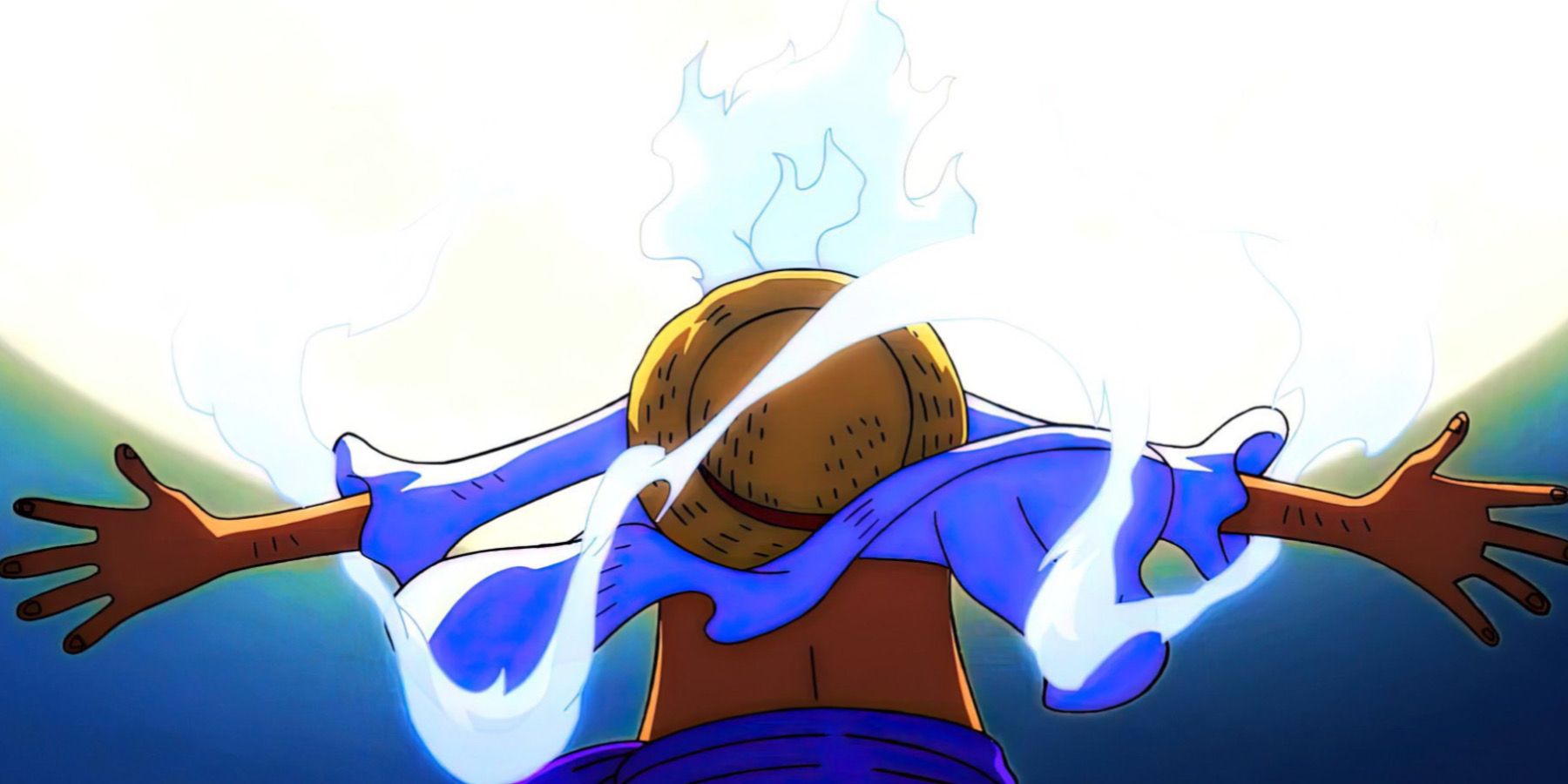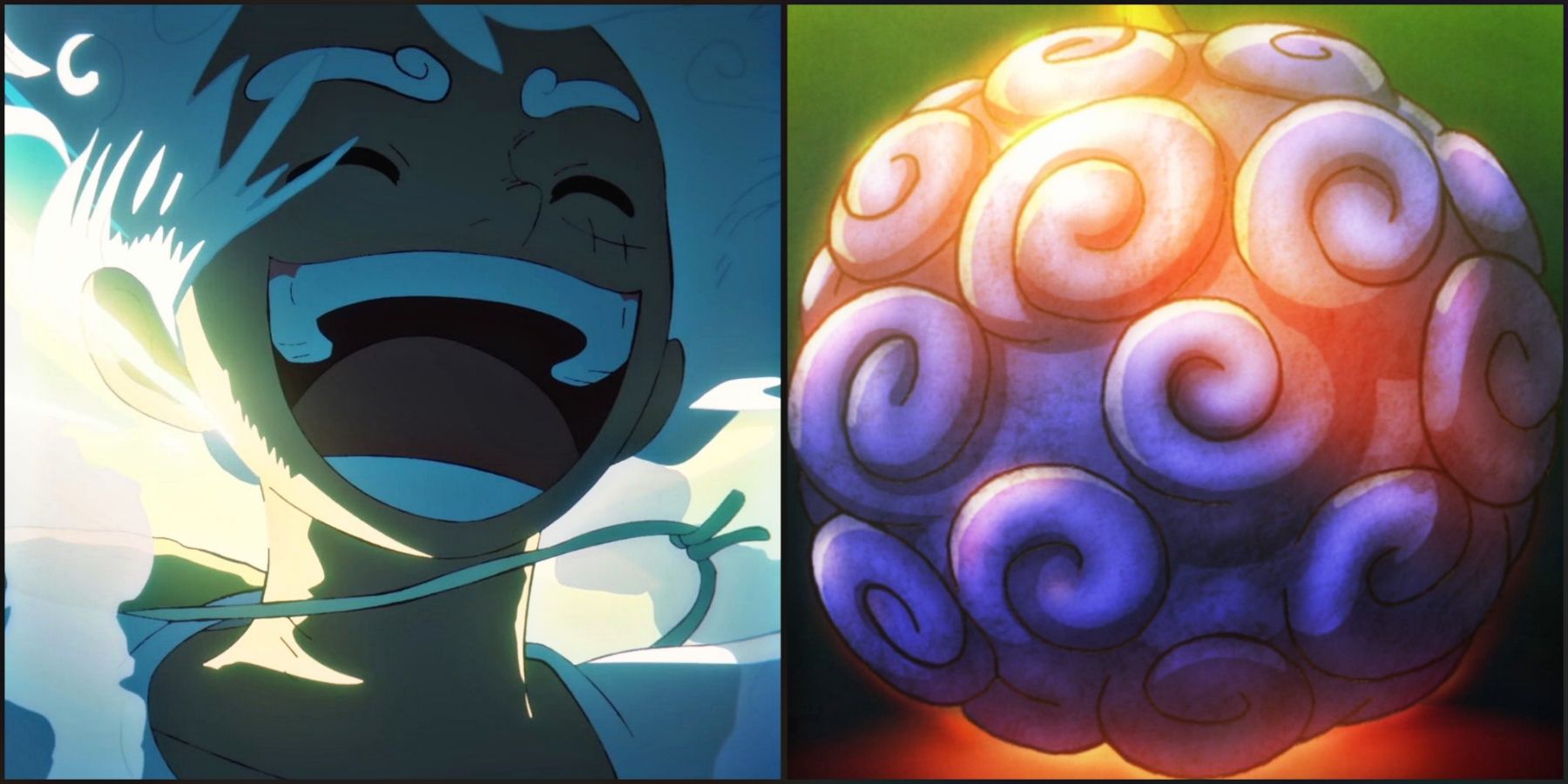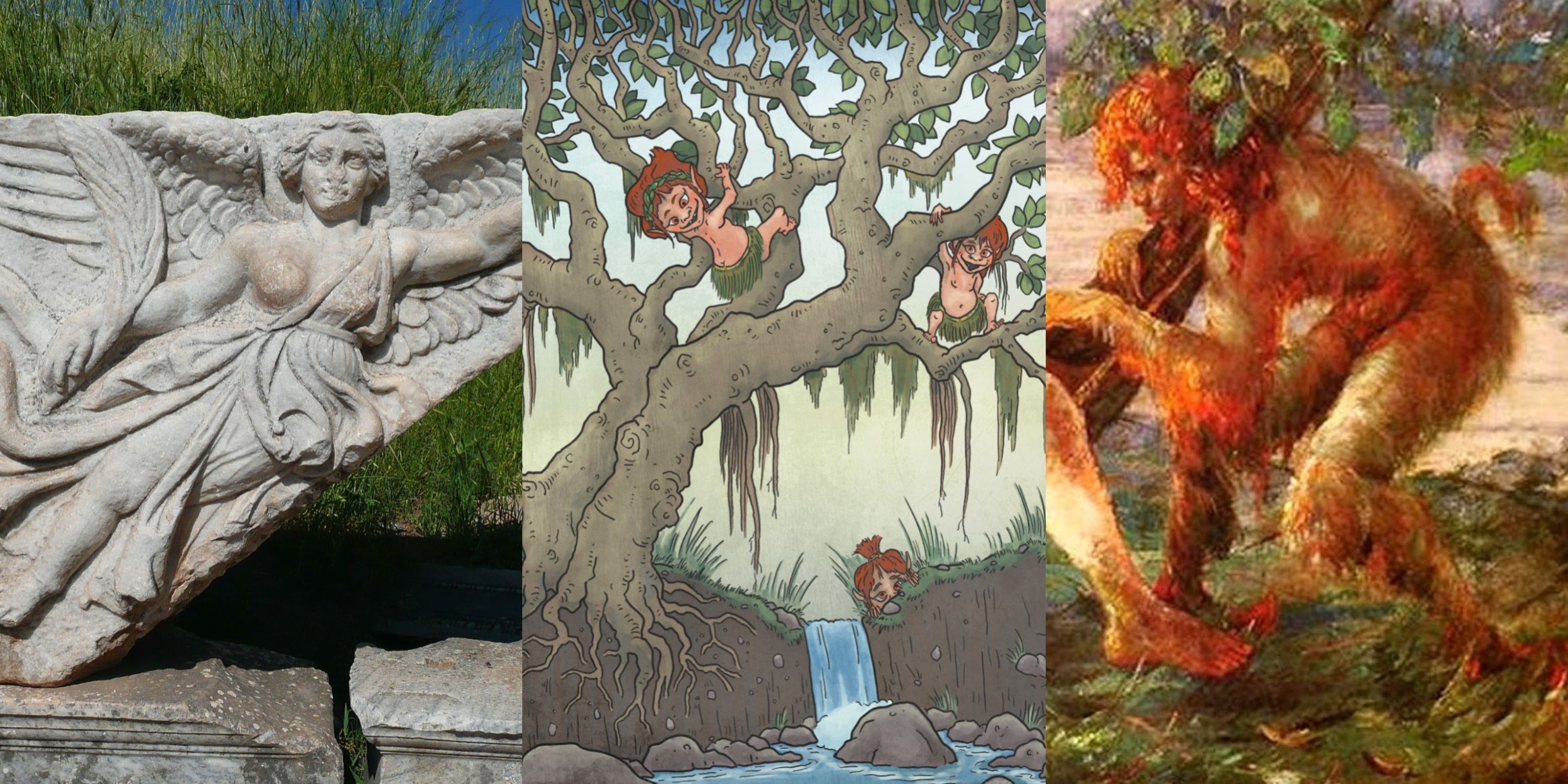A legendary figure who rose to the status of a deity feared even by the World Government, Nika has ties to several fictional and real world cultures.
Since the earth-shattering revelation of Luffy’s Gomu Gomu no Mi actually being a Mythical Zoan Devil Fruit with the name of the Hito Hito no Mi, Model: Nika, mentions of Sun God Nika have steadily grown more prominent in the series. While there have been prior moments which foreshadowed the existence of Nika — most notably in Luffy’s silhouette during Skypiea — the deity’s greater role in the world of One Piece has been tied to several races and cultures since his debut, accentuating his influence on the series’ lore.
Eiichiro Oda has a penchant for adapting facets of real world mythology throughout One Piece, as seen in certain Devil Fruit abilities such as those of Kaido, Yamato, Marco, Sengoku, or Catarina Devon. However, even though Nika seems to bear some similarities to real world deities and myths, many aspects of his design and abilities are composites of several legends, such that his existence might be a distinctly unique part of the series’ mythology, and the larger world it exists within.
The Liberator Of Legend

Nika was first explicitly mentioned by Who’s-Who, a member of the Beasts Pirates’ Tobiroppo, during his fight against Jinbe in the Raid on Onigashima. The former Cipher Pol agent turned pirate first learned of the legends surrounding Nika during his imprisonment in Impel Down — a result of him losing the very Devil Fruit that bore the Sun God’s name when he was assigned to guard it for the Marines. In effect, Nika was described as a benevolent “Warrior of Liberation,” known for freeing slaves from captivity and bringing smiles to the faces of those who saw him.
According to Who’s-Who, it was said that slaves would often pray to Nika for salvation — reinforcing his image as a harbinger of freedom — and he learned of the myths surrounding Nika from a prison guard who mysteriously vanished soon after. Nika has been depicted as a lanky warrior with noodle like limbs in his numerous silhouetted appearances. His reported appearance according to historical records, has been compared to that of Monkey D. Luffy’s Awakened Gear 5 form by Dr. Vegapunk, and this was corroborated by Saint Jaygarcia Saturn of the Five Elders in the Egghead Arc.
Perhaps the biggest clue about Nika’s origins and nature lie in the Mythical Zoan Devil Fruit tied to his name, currently used by Monkey D. Luffy. There has been no confirmation on whether the Devil Fruit is itself the embodiment of Nika or whether he was a real historical figure who predates Devil Fruits and has his essence contained in the Hito Hito no Mi, Model: Nika. Sun God Nika also appears to have some connection to Joy Boy, an important figure from the Void Century, according to his former companion Zunesha, who proclaimed that Joy Boy had returned on hearing Luffy’s heartbeat when he Awakened his Devil Fruit in Wano Country. Joy Boy has ties to the Great Kingdom, Fish-Man Island, Zou, and perhaps even Elbaf, as he is theorized to be the one who left the mythical treasure known as the One Piece on Laugh Tale.
A Myth That Spread Across The Seas

Interestingly, Who’s-Who first associated Nika with the Fish-Man race, due to their history of enslavement by the World Nobles, which thoroughly displeased Jinbe. However, it is also worth noting that Nika’s legend bears a resemblance to the story of Fisher Tiger. A former slave himself, Tiger stormed Mary Geoise and freed the slaves held captive by the World Nobles, eventually going on to form the Sun Pirates with some of his fellow escapees. Jinbe was himself a part of Tiger’s crew, and went on to lead the Sun Pirates after his Captain’s death.
While no such link has been confirmed, there was a Poneglyph on Fish-Man Island which carried an apology from Joy Boy, as penance for his failure to carry out the true purpose of the massive ship known as the Noah. This indicates some connection between Joy Boy — who was reportedly either the last user of the Hito Hito no Mi, Model: Nika, or the Sun God himself — and the residents of Fish-Man Island from the Void Century. Other cultures in One Piece such as the Buccaneers race that Bortholomew Kuma belonged to have also passed down the legend of Sun God Nika for centuries.
Members of the Shandia tribe such as Mousse have been shown praying to an ancient serpent known as Kashigami, who bore the epithet of “God of the Sun.” Moreover, the giants of Elbaf have a dedicated celebration for the death and rebirth of the sun known as the Winter Solstice Festival. All this illustrates the importance of solar deities in the world of One Piece, which is similar to the traditions and symbolism surrounding such divine figures in the real world.
Potential Inspirations Behind Nika

Closer to home, Nika is an alternate name for the Greek goddess Nike, who has been depicted as the personification of victory, and an attendant to Athena, the goddess of wisdom and warfare. Whether this had any bearing on the naming of Nika is not yet certain, as in the Maldives, a certain type of banyan tree is known as the Nika tree, and is closely related to the rubber plant. Additionally, banyan trees in Okinawa are said to house the mythical creatures known as Kijmuna, whose appearances display some influence on Nika’s character design.
There is a similar case to be made for Curupira, mythological creatures said to live in the Amazon rainforest in Brazil, as well as the Brazilian Sun God Meri. This last parallel is quite relevant, since it has been stated by Eiichiro Oda that Luffy’s character would be of Brazilian descent in the real world. It is important to note that this statement does not hold any explicit proof of Nika’s ties to Brazil, but it cannot hurt to wonder whether this might just prove to be one of the many sources Oda consulted in developing One Piece’s first original deity.
One Piece is available to stream on Crunchyroll.
Src: gamerant.com





